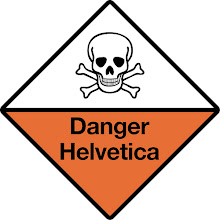I chose the piece Bears Wrestling, a 1940 granite sculpture by Mathew Aqigaaq. It was presented in this exhibit of American art with no explaination or information except the name of the artist, the date, and the medium. However, when put in perspective of the portrayal of Native American art, it represents an interesting transformation in Inuit society.
In "traditional" Inuit culture, or culture before the influence of Europeans, this sculpture most likely would not have been ma. Inuits carved and decorated wood, stone, and ivory tools and crafted small objects that served religious or narrative purposes, but there are not pre-colonial examples of such heavy and time-consuming project as stone sculptures created purely for impractical aesthetic value. Art for art's sake did not have a comfortable place in a culture so impacted by scarcity of resources and nomadic lifestyle. In fact, some Inuit languages do not have a word analgous to our word "art".
In the John Smith reading, I was struck by the complete lack of interest in Indian culture--according to the footnotes, he didn't even bother to get half the names right, and seemed to prescribe undifferentiated religious articles to all he met. The legacy of complete disregard for accuracy and understanding of Native American culture can certainly be traced back to the attitude of the first settlers.
Mathew Aqigaaq is an artist of Inuit descent who creates fairly large stone figures, something his ancestors of 500 years simply wouldn't have done. It can be argued that some aspect of Inuit culture has been unfairly stuffed down into the snow by European economic pressures (do your own research on Canadian exploitation--"You should all carve totem poles, they'll sell better."), but Bears Wrestling clearly has quite a bit on plastic wampum made in China. Larger stone sculpture is a genre that naturally follows from traditional Inuit carving practices existing in a less physically harsh and demanding environment. It has resulted in something that is clearly art and posseses a regionally unique style that I personally find attractive.

No comments:
Post a Comment